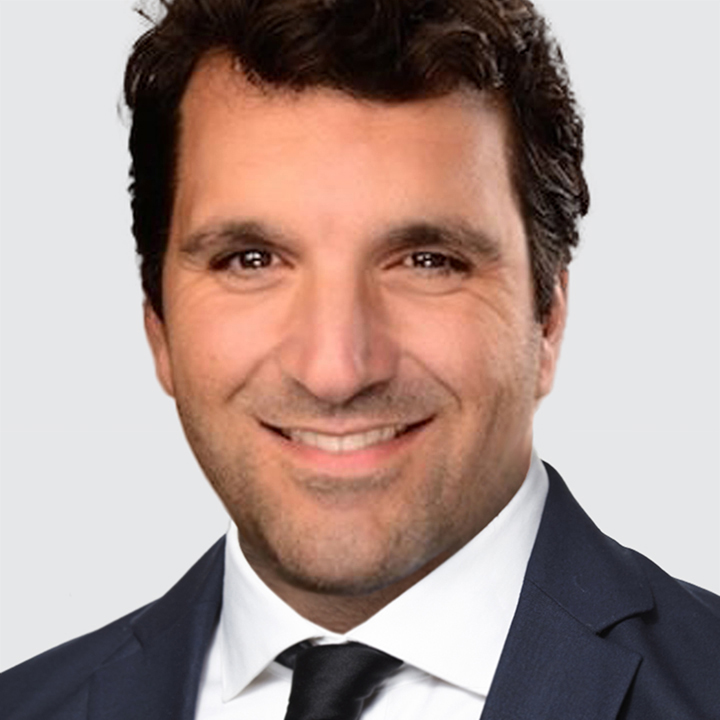Powell Set to Testify
- Fed Chair Jay Powell will stress again that the Fed is in no hurry to resume easing and perhaps offer insights on the impact of tariffs on Fed policy.
- Former BOE hawk Dr. Catherine Mann unpacks the reasoning behind her policy stance change.
- Norway mainland real GDP unexpectedly shrinks in Q4. Norges Bank on track to start easing in March.
Financial market action is relative muted. USD is trading in a narrow range against most major currencies. US and European equity futures are modestly lower after yesterday’s upbeat session. US Treasury yields ticked-up slightly across the curve.
President Donald Trump confirmed that a 25% tariff on all steel and aluminum imports to the US will go into effect on March 12. President Trump said Australia may be exempt from those tariffs which offered AUD some support. CAD faces further downside pressure because Canada is by far the top supplier of steel and aluminum to the US. President Trump also reiterated he would unveil new reciprocal tariffs over the next two days on a wide range of countries that tax US imports.
US
The spotlight today is on Fed Chair Jay Powell testimony before the Senate Banking Committee (3:00pm London). Powell will stress again that the Fed is in no hurry to resume easing. Indeed, the New York Fed survey of consumer expectations contributed to evidence that progress on inflation may be stalling well above 2%. Inflation expectations were unchanged at 3.0% at both the one- and three-year-ahead horizons in January. But median five-year-ahead inflation expectations rose by 0.3pts to 3.0%.
Bottom line: the slower US disinflationary process and solid economic activity suggest the Fed easing cycle will be shallower than is currently priced-in which is USD bullish. Fed funds futures currently imply 75% odds the Fed delivers 50bps of easing in 2025 and the FOMC projects 50bps of rate cuts this year.
Ahead of Powell’s testimony, Cleveland Fed President Beth Hammack (2026 FOMC voter) speaks on the economic outlook (1:50pm London). Later, New York Fed President John Williams gives keynote remarks (8:30pm London) and Fed Governor Michelle Bowman speaks on bank regulation (no Q&A). (8:30pm London).
The US January NFIB small business optimism index is up next (11:00am London). Headline is expected to dip from a six-year high at 105.1 in December to 104.7 in January which would still be indicative of solid economic activity.
UK
GBP is under downside pressure versus USD and EUR. Bank of England (BOE) MPC member Dr. Catherine Mann speaks today (8:45am London). Dr. Mann was a staunch hawk on the MPC, so it was big shock when she voted for a 50bps cut last week while the majority favored a 25bps cut to 4.50%. Dr. Mann will unpack the reasoning behind her policy stance change.
In an interview with the Financial Times published this morning, Dr. Mann said she voted for a jumbo cut because “demand conditions are quite a bit weaker than has been the case - and I have changed my mind on that.” Mann added “I can see pricing coming very close to [2%] target-consistent [levels] in the year ahead.” According to Mann, a 50bps cut was needed to “cut through the noise” and communicate “what we think are the appropriate financial conditions for the UK economy.” The comments are consistent with Dr. Mann’s activist monetary policy approach. This approach argues for easing monetary policy fast and forcefully once inflation persistence has been purged.
In contrast, the majority of BOE MPC member, including Governor Andrew Bailey, favor “a gradual and careful approach” to the further rate cuts. Bailey delivers a speech today titled “Are we underestimating changes in financial markets” (12:15pm London). Overall, the UK’s stagflation backdrop can further weigh on GBP. The BOE slashed Q1 2025 real GDP forecast to 0.1% q/q vs. 0.4% previously while Q1 2025 CPI inflation projection was raised to 2.8% y/y vs. 2.4% previously.
AUSTRALIA
AUD/USD is consolidating near the top-end of its year-to-date 0.6100-0.6330 range. Australia’s Westpac–Melbourne Institute Consumer Sentiment Index was essentially unchanged at 92.2 in February. While the headline print remains below the long-term average of 100.5, the forward-looking sub-indexes edged higher. Regardless, softer inflation pressures in Q4 support the case for the RBA to start easing at the next February 18 meeting, with markets pricing-in a 90% probability. Bottom line: RBA/Fed policy trend and sluggish Chinese economic activity point to additional AUD/USD downside.
NORWAY
Norway’s unfavorable macro backdrop complicates the Norges Bank policy path and is a drag for NOK. Norway mainland real GDP unexpectedly fell -0.4% q/q in Q4 (consensus: 0.3%) vs. 0.5% in Q3. The data validates the Norges Bank guidance to cut the policy rate in March. However, faster inflation in January argues for a cautious easing cycle. Markets price-in 90% odds of a 25bps cut to 4.25% at the next March 27 meeting and a total of 60bps of easing in the next 12 months.

